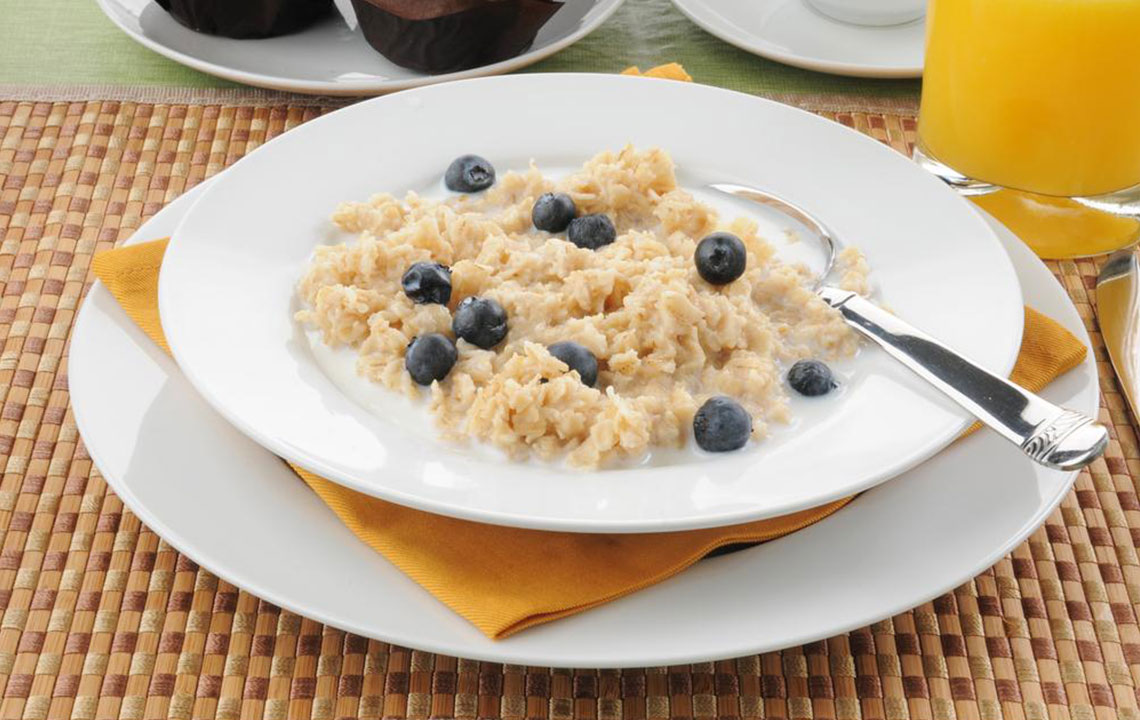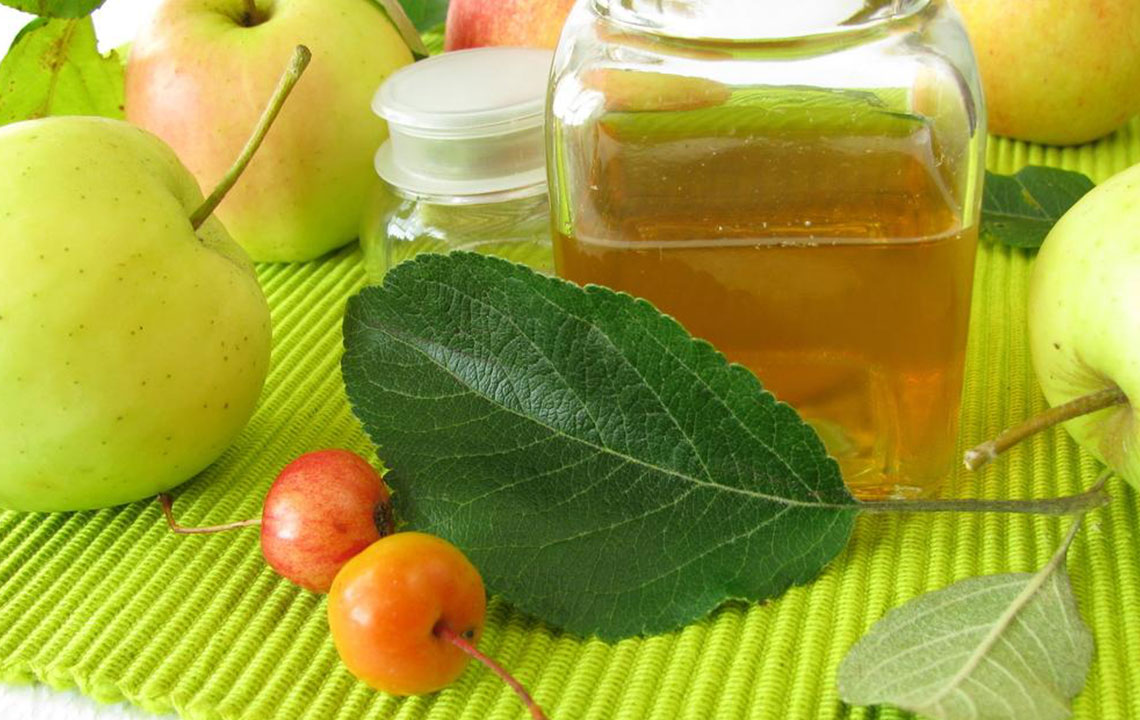Unlocking the Power of Dietary Fiber: Essential Tips for a Healthier Lifestyle
Discover the critical importance of dietary fiber for your overall health. This comprehensive guide covers fiber's benefits, types, and practical ways to increase your daily intake. Learn how fiber supports digestion, lowers cholesterol, aids weight management, and protects your heart. Featuring delicious meal ideas and tips for gradually boosting fiber, this article empowers you to make smarter dietary choices for a healthier lifestyle.

Unlocking the Power of Dietary Fiber: Essential Tips for a Healthier Lifestyle
Dietary fiber plays an indispensable role in promoting overall health and well-being. Despite its proven benefits, a significant portion of the population fails to meet the recommended daily intake of fiber, which is vital for maintaining optimal bodily functions. Incorporating sufficient fiber into your diet can support digestive health, aid in weight management, improve cardiovascular health, regulate blood sugar levels, and prevent various chronic diseases. This comprehensive guide explores the importance of dietary fiber, the different types available, and practical ways to increase your daily fiber intake effectively.
Understanding fiber's role in your diet is crucial for a healthier life.
What exactly is dietary fiber?
Dietary fiber, often referred to as roughage, comprises the parts of plant foods that are resistant to digestion and absorption in the human small intestine. Unlike macronutrients such as proteins, fats, and digestible carbohydrates, fiber passes through the digestive tract largely intact, providing essential support to gut health and other bodily processes. Recognizing the different types of dietary fiber is key to harnessing its full health benefits. The two main categories of fiber are:
Solveable fiber – Dissolves in water to form a viscous gel-like substance. Rich sources include oats, citrus fruits, carrots, legumes like beans and peas, apples, psyllium husk, and barley. This type of fiber can help regulate blood glucose levels and lower bad cholesterol (LDL).
Insoluble fiber – Does not dissolve in water and adds bulk to stool, facilitating regular bowel movements. It is found in whole wheat flour, nuts, seeds, vegetables such as cauliflower and green beans, and tubers like potatoes. Insoluble fiber accelerates waste transit through the digestive system, preventing constipation.
Optimal health benefits from dietary fiber depend on adequate daily consumption. Here's a detailed look at the advantages:
Supports digestive health – Fiber increases stool bulk and softness, promoting regularity and preventing issues like constipation and hemorrhoids. Insoluble fiber speeds up waste removal, maintaining efficient bowel function.
Lowers cholesterol levels – Soluble fiber binds to cholesterol particles, assisting in their removal and reducing the risk of cardiovascular diseases.
Facilitates weight control – High-fiber foods promote satiety, helping to curb appetite and reduce calorie intake, which is essential for weight management.
Helps regulate blood sugar – Fiber slows down the absorption of sugars, leading to more stable blood glucose levels—a critical factor for diabetes prevention and management.
Protects heart health – Increased fiber intake correlates with reduced risk factors for cardiovascular disease, including lower blood pressure and improved lipid profiles.
Prevents other health issues – A high-fiber diet can decrease the likelihood of developing gallstones and kidney stones, further supporting overall health.
Adding high-fiber foods to your daily meals is manageable and enjoyable. Here are some practical suggestions:
Fruits such as avocados, pears, strawberries, apples, raspberries, and bananas.
Vegetables including carrots, beets, broccoli, sweet potatoes, artichokes, quinoa, and Brussels sprouts.
Legumes like lentils, kidney beans, chickpeas, and black beans.
Other sources such as popcorn, almonds, chia seeds, whole wheat pasta, and flax seeds.
To inspire your meal planning, consider these nutritious and fiber-rich dishes:
Spinach, mushroom, and feta crustless quiche for breakfast or brunch.
Whole grain pancakes topped with fresh fruits for a hearty start.
Breakfast burritos filled with mixed grains and vegetables for a portable meal.
Southwestern-style eggs with black beans and peppers.
Turkey and cheese melts with whole-wheat bread.
Avocado and shrimp salad, packed with flavor and nutrients.
Colorful salads loaded with a variety of vegetables and beans.
Collard greens paired with a light cheese sauce or whole grains.
English muffin topped with natural peanut butter and chia seed jam.
Fig and cheese toast served with a side salad for a sophisticated snack.
Salmons bowls with Brussels sprouts and quinoa for a balanced meal.
Veggie wraps filled with crunchy vegetables and hummus.
Hearty beef and bean chili for a warming dinner.
Berry smoothies blended with fresh fruits and added flax seeds for extra fiber.
Mini pizzas with whole-wheat crust and vegetable toppings for a fun, healthy treat.
Incorporating these fiber-rich options into your diet can significantly improve your gut health, enhance overall vitality, and prevent numerous health conditions. Remember, gradual increases and a variety of foods are the best strategies to meet your daily fiber goals effectively. Achieving a balanced, high-fiber diet is a vital step toward a healthier, more energetic life.





